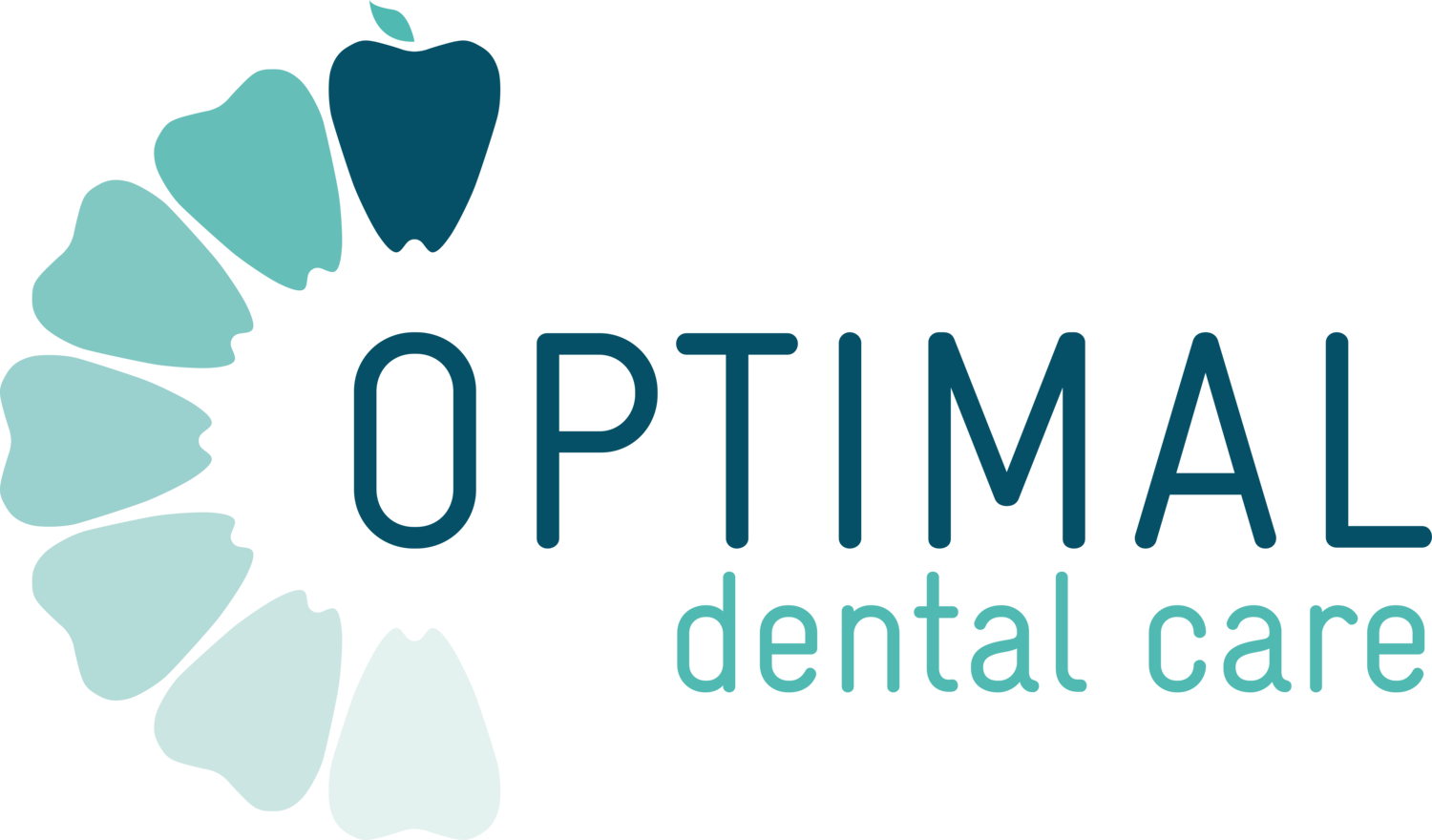Different Phases of Orthodontics
Orthodontic treatment is a step-by-step process and while every case is going to be a little different, the journey that patients take is quite similar. So if you have been told you need orthodontic treatment, here is what you can expect.
Initial Consultation
During your first consultation, your dentist will take a look at the current position of your teeth so they can determine which orthodontic options would be most beneficial for you. They will also take the time to address the health of your teeth and gums.
X-Rays
At this point, we will send you for x-rays. This is an important step for us to view the full scope of your teeth, including the roots and jawbones. If your Bondi-based dentist sees any issues at this point, such as gum disease, trapped teeth or problems with your jaw, there may be extra steps required to either amend or further examine these issues.
Second Consultation
This is where your dentist will take photos of the current layout of your teeth and complete intra-oral scans. This information is going to help the team determine what steps they should take during your treatment plan.
Working through your treatment plan
Now it is time to discuss the treatment plan. We will work through this with you and decide together on which option is going to work best before proceeding with treatment. The braces types available include ceramic, metal, or Invisalign. What options are available to you will depend on your teeth and how much they need to be moved.
Applying Separators
About a week before we put your braces on, you will need to come into the clinic to get separators placed around your back teeth. These are designed to ensure there will be room for the metal rings to be affixed to your back teeth when we apply your braces.
Applying Braces
At this point, it is time for us to apply your braces! While it shouldn’t hurt when we apply them, you may experience some pain a few hours after your appointment, so it’s recommended to have some pain relief medication on hand just in case. The first step is removing the separators and then preparing each tooth with the dental glue that will be used to affix the braces to the front of your teeth.
Once the brackets are attached, we will then put in the archwires. At this point, your dentist in Woollahra will explain how to brush and floss while you have braces, and organise an appointment about a week away so they can check in and make sure everything is going as it should. This first phase of your treatment is all about leveling and aligning your teeth. The way we do this is by adjusting your braces every four to eight weeks, encouraging your teeth to move into their desired position.
Assessing your bite
Once your dentist has determined that your teeth have been successfully aligned, the next step is to assess any bite issues. If you have an overbite or underbite that needs correcting, your dentist in Woollahra will adjust your braces to fix the issue. This is done using elastics, springs or implants.
Fine Tuning
The last few months you spend in your braces will be focussing on tidying up any smaller issues with your alignment and bite. This is to make sure your teeth are in the optimal position before your braces are removed. Depending on what treatment was used, your orthodontist might also suggest a fixed retainer for either the top, bottom or both arches to ensure that your teeth don’t return to their original positions.
The process of removing your braces is fairly quick, most of the appointment will be spent cleaning the adhesive off your teeth. This will also be when we apply your fixed retainer if you need one. The last step will be taking moulds of your teeth to arrange some removable retainers for the next part of your treatment.
After Your Braces
A few days after sending the moulds away, we will have your removable retainers available for collection at the clinic. These retainers need to be worn full-time until your teeth and gums settle down, generally at least three months. When this time has passed, you will meet with your orthodontist to determine if you can move to just wearing them at night, or if you need to continue wearing them full-time.
There will be several more meetings that you will have with your orthodontist to check your teeth and make sure your retainers still fit and that your teeth aren’t moving out of their new positions.
Getting braces can be a long process, but it’s all in the service of your perfect smile. So if you have any further questions about the process and what kind of braces would be best for you, get in touch with Optimal Dental Care so our friendly team can discuss your options with you.
